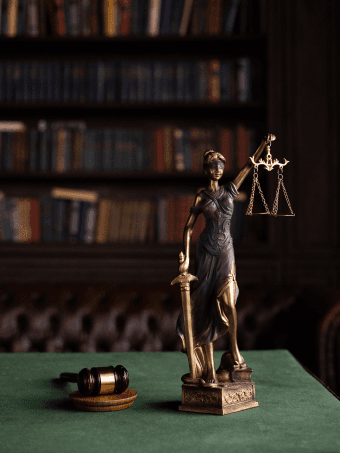The Crucial Role of Trademarks in Pharmaceuticals
Trademarks are the bedrock of brand identity and recognition in any industry, but their significance is amplified in the pharmaceutical sector. Pharmaceuticals are often complex products with intricate formulations, and their efficacy, safety, and quality are paramount. A trademark not only signifies the origin of the product but also conveys a sense of trust, reliability, and quality assurance to consumers and healthcare professionals.
In the context of pharmaceuticals, trademarks serve several critical purposes:
Distinguishing Products: In a crowded marketplace, trademarks help pharmaceutical companies differentiate their products from those of competitors. This is particularly important when dealing with generic drugs or biosimilars, where the trademark becomes a key identifier for consumers.
Ensuring Patient Safety: Trademarks help in ensuring patient safety by preventing confusion between different drugs with similar names or packaging. Clear and distinct trademarks can mitigate the risk of medication errors, which can have serious consequences.
Building Brand Reputation: The reputation of pharmaceutical companies hinges on the safety and efficacy of their products. A well-established trademark not only reflects the company's commitment to quality but also contributes to building a strong brand reputation.
Regulatory Compliance: Regulatory bodies such as the Food and Drug Administration (FDA) in the United States have stringent requirements for drug labeling and packaging. Trademarks must comply with these regulations to ensure that crucial information is presented accurately and effectively.
Challenges in Trademark Clearance for Pharmaceutical Products
Trademark clearance in the life sciences industry, particularly for pharmaceuticals, is beset with unique challenges arising from the convergence of legal, regulatory, and scientific considerations.
Stringent Regulatory Approval Processes
Pharmaceutical products undergo rigorous testing and evaluation before they are approved for marketing. Similarly, trademarks for pharmaceuticals must undergo a thorough legal and regulatory clearance process to avoid any conflict with existing trademarks, especially those related to other drugs or medical devices.
Conflicting Trademarks
The pharmaceutical industry has a vast number of trademarks in use due to the myriad products and formulations available. This makes it more likely that potential conflicts, such as similarity of names or packaging, can arise during trademark clearance. Such conflicts could lead to legal disputes or even medication errors.
Generic Naming Challenges
Generic drug names, known as International Nonproprietary Names (INN) or United States Adopted Names (USAN), must be considered during trademark clearance. These names are standardized for active pharmaceutical ingredients and can impact the choice of trademarks for brand-name drugs.
Navigating Regulatory Hurdles: Strategies for Success
To navigate the regulatory hurdles in trademark clearance for pharmaceutical products, companies must adopt a comprehensive and strategic approach. Here are some strategies to consider:
Early Planning and Research: Begin the trademark clearance process as early as possible in the drug development cycle. Conduct thorough research to identify existing trademarks that could potentially conflict with the proposed trademark.
Comprehensive Search: Utilize professional trademark search services that specialize in the intellectual property law. These services can identify existing trademarks that might not be easily discoverable through standard searches.
Regulatory Compliance Review: Engage legal experts who are well-versed in the regulatory requirements of the pharmaceutical industry. Ensure that the chosen trademark complies with all relevant regulations and guidelines, including those set forth by regulatory bodies like the FDA.
Global Considerations: If the pharmaceutical product is intended for international markets, conduct trademark searches and clearance assessments in relevant jurisdictions. Consider differences in naming conventions, languages, and cultural sensitivities.
Monitoring and Enforcement: Even after a trademark is cleared and registered, ongoing monitoring is crucial to identify any potential infringements. Swift enforcement actions can help protect the trademark's integrity and prevent unauthorized use.
Takeaway
Trademark clearance for pharmaceutical products is a complex endeavor that requires a delicate balance between legal, regulatory, and scientific considerations. In the highly regulated landscape of the life sciences industry, trademarks serve as a cornerstone of brand identity and patient safety. Navigating the regulatory hurdles in trademark clearance necessitates a proactive, interdisciplinary approach that encompasses comprehensive research, legal expertise, and a commitment to compliance. By successfully navigating these challenges, pharmaceutical companies can not only protect their intellectual property but also contribute to the integrity and reputation of their products within the global market.


